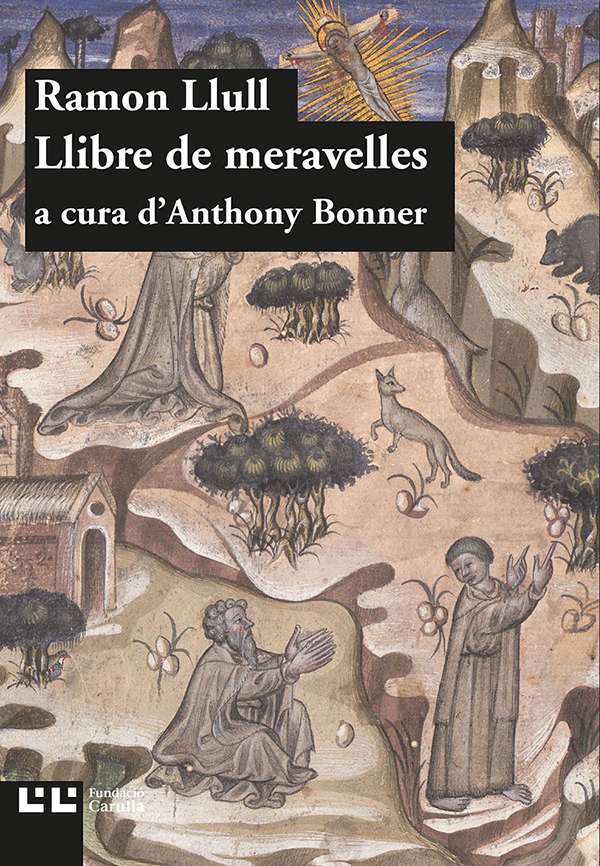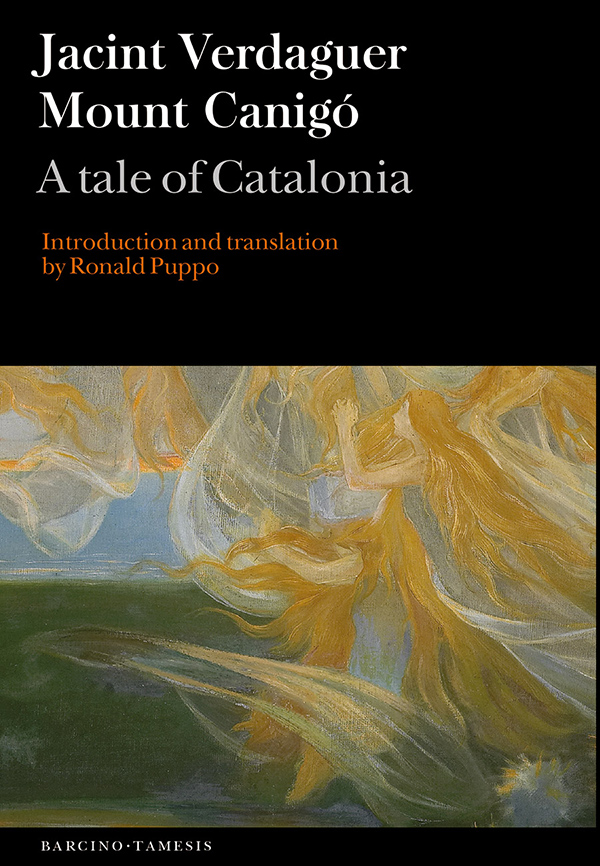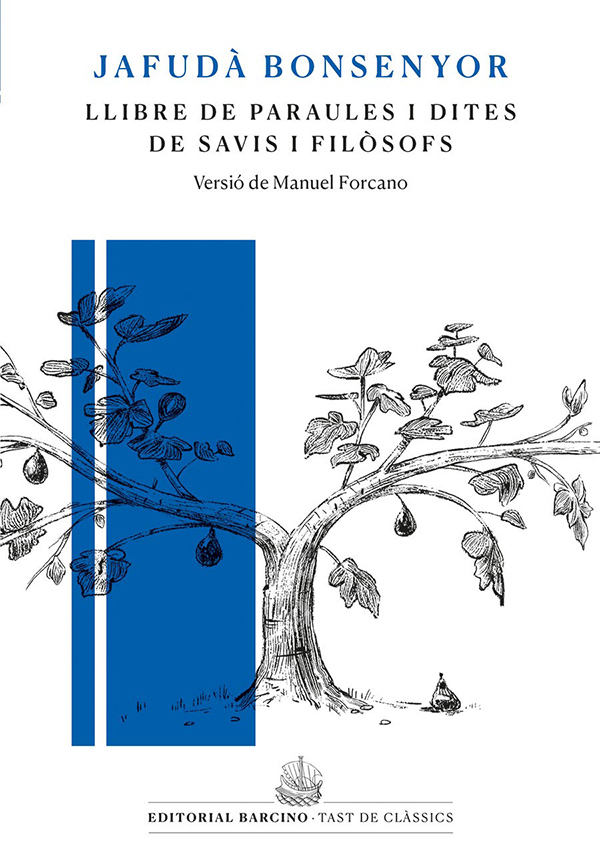I. THE FIRST YEARS (1924-1939)
In 1924 Josep M. de Casacuberta, who until recently had directed the Office of Onomastics and Toponomy of the IEC (Institute for Catalan Studies), founds the Editorial Barcino and begins to publish the collection 'Els Nostres Clàssics' (ENC). At the time of its founding, Barcino was one of the reactions that—from a cultural viewpoint—the Catalan society brought forth in the face of the repressive attitudes of the dictatorship of Primo de Rivera. The project was hence conceptualised as an attempt to alleviate the situation of those public institutions incapable of promoting initiatives that would help to give Catalan culture prestige and, at the same time, to offer readers rigorous and quality texts and studies.
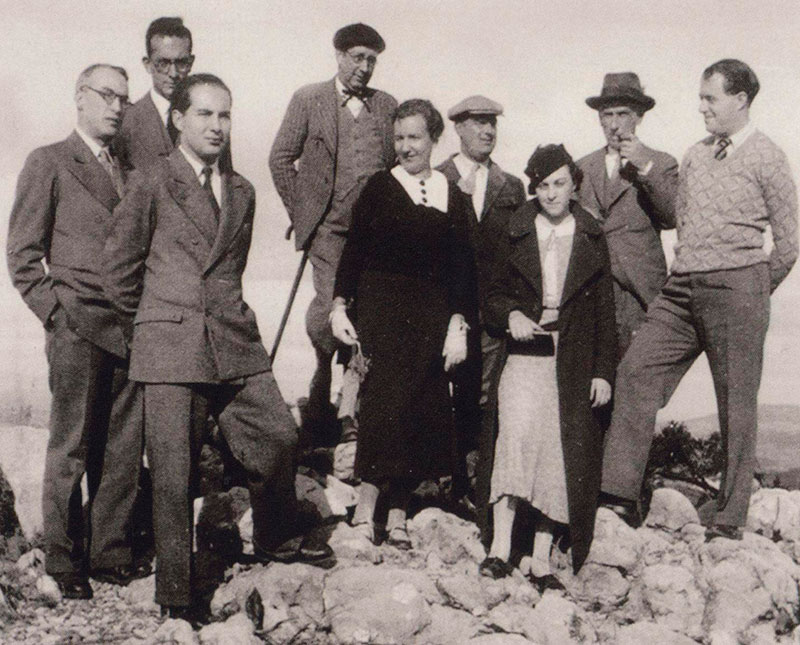
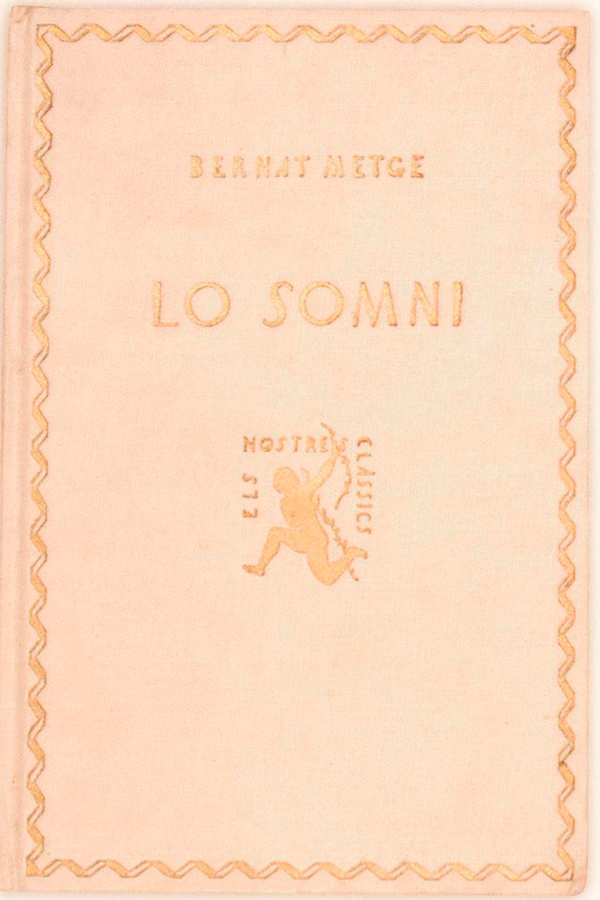
The initiative of Els Nostres Clàssics, which aimed to make the great works of medieval Catalan literature available to the non-scholarly public, arose from a proposal by Pompeu Fabra, who saw in the dissemination of the classics a way to improve the readers level of Catalan. Still, before the publication of the first volume, the press spread the project, and so the first book, Lo somni by Bernat Metge, sold out in fifteen days. Subscriptions to the series arrived in the hundreds, from the Principality, the Islands and the Valencian Community. Soon the first volume was followed by works by Joanot Martorell, Ramon Llull, Francesc Eiximenis, Ramon Muntaner ...
The interest disseminating linguistic knowledge can also be seen in the popular collection Popular Barcino, launched just a year later; among the first books, Pompeu Fabra signed four. This collection will end up having more than two hundred issues, and its desire to keep society up to date in the most diverse fields is clearly perceptible. Works cover a wide variety of topics, ranging from historical monographs and biographies, over basic textbooks (on biology, literature, economics, health, law, politics, etc.), to literary texts, both Catalan ones and translations of fundamental works of universal literature.
The short period of the Republic is a time of crucial public projection for Editorial Barcino. Not only do they release numerous books, but they also begin publishing six new collections. Yet, the Civil War will suddenly hamper all these cultural outreach efforts. And, although Barcino is a private initiative not politically linked to any party, the cultural Catalanism it promotes generates suspicions on both sides. The number of publications decreases significantly, and several of the collections are cut short, some permanently.
However, the publisher continued to publish books during wartime, mainly on historical topics and, therefore, with little commitment, especially regarding the Popular Barcino collection.
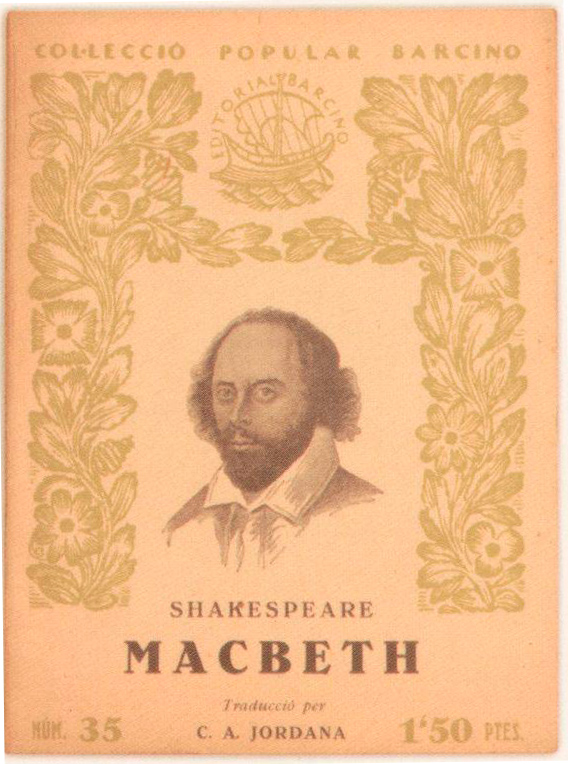
II. SURVIVAL AND REPRESSION UNDER THE FRANCO REGIME (1939-1972)
In the years immediately following Franco's victory, Barcino only publishes one single testimonial volume: the facsimile of the volume dedicated to Catalonia of Pau Piferrer's Recuerdos y bellezas de España (1839). The book, published in 1939, is obviously in Spanish. The following years are years of editorial drought, with the country completely shattered and Catalan culture under suspicion. The situation does not begin to change until 1947, when, with the appearance of the two volumes of religious and medical writings by Arnau de Vilanova, the publication of the ENC collection is timidly restarted. Little by little also other collections follow, such as the Popular Barcino, with the nine volumes of the Crònica de Ramon Muntaner (1951-1952), of which, before the War, only the first had appeared.
During the years in which Barcino had not been able to publish books, Josep M. de Casacuberta had devoted himself to studying the work of Jacint Verdaguer and other aspects of the Renaixença, and hence promoted new collections during this period. These include the Biblioteca Verdagueriana, dedicated to unpublished texts by the poet de Folgueroles and studies on aspects of his work, as well as the series of publications of 'La Revista', one of Barcino's few collections that includes contemporary Catalan literature. From this same period are also the Biblioteca Folklòrica, on issues related to popular culture from all Catalan countries, and the Tramuntana collection, for works from both sides of the Pyrenees border; the Biblioteca Algueresa, a few years later, is also the result of the desire to accept books from all Catalan-speaking territories.
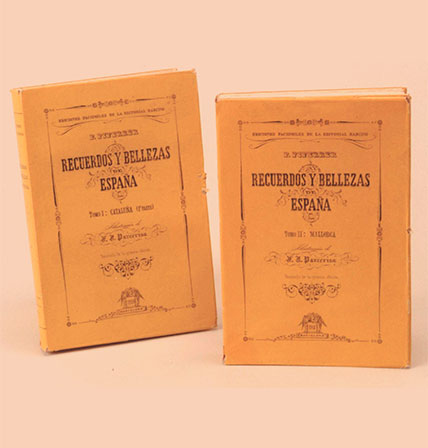
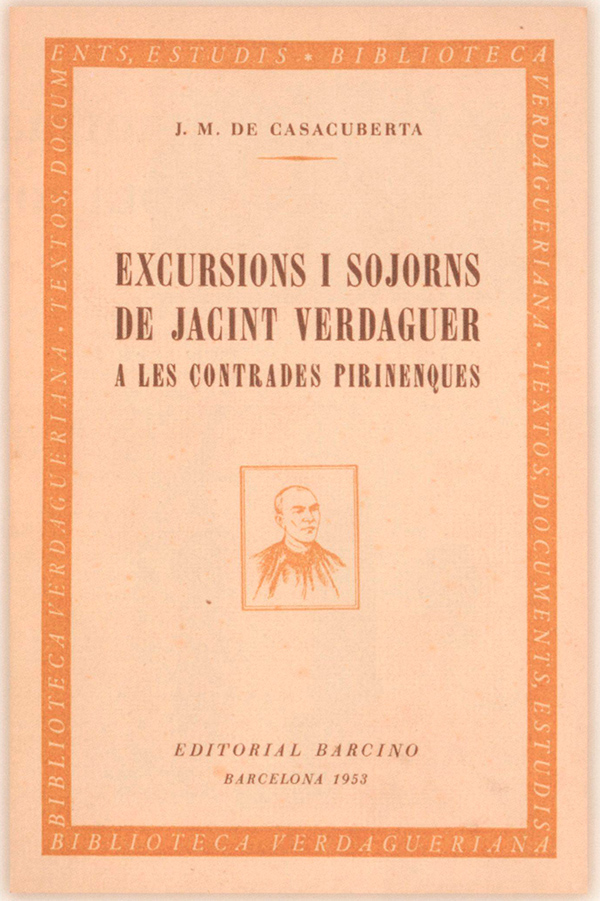
This relative impetus to publish books and to start new collections that occurred during the fifties and early sixties, was progressively hampered by the age of Barcino's founder, who continued taking care of the publisher's day to day tasks as well as the economic effort that all this represented. Casacuberta and his wife, Dolors Hostalrich, had invested almost all of their family assets in Barcino. These circumstances do not prevent, however, that the publications that continue to appear—especially the collection Els Nostres Clàssics—accentuate the aspect of high culture and erudition already intuited in some pre-war volume. The new titles in the collection are gradually distancing themselves from the initial informative purpose, seen with great suspicion by the Francoist authorities, and become critical editions of reference, prepared with utmost philological rigour by Catalan and foreign specialists.
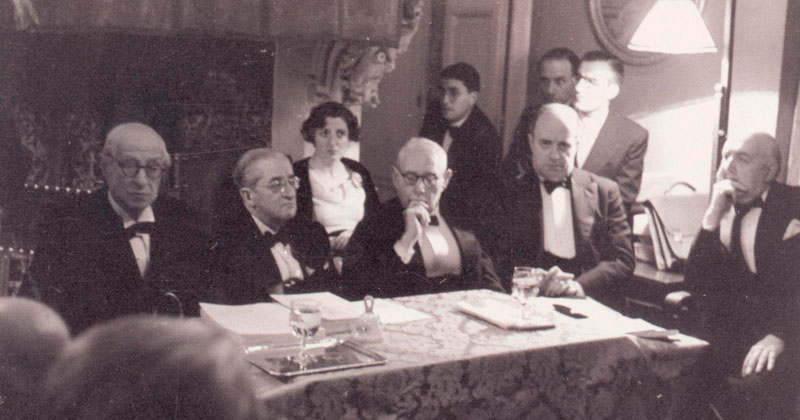
III. A NEW IMPRINT
Given the difficulties that the publishing house has to handle, from 1972 onwards the Carulla-Font Foundation, the current Fundació Carulla, takes over continuing the project. Josep M. de Casacuberta, who was awarded the Premi d’Honor de les Lletres Catalanes ('Honorary Prize for Catalan Literature') in 1981, will continue to be its director—now relieved of the heaviest administrative tasks—until his death in 1985. Amadeu-J. Soberanas then replaces the literary director of the publishing house. Under the auspices of the Fundació, and given the new political and cultural circumstances that have occurred after the transition, Barcino is definitely opting to become a 'replacement publisher', that is, a publishing house that promotes initiatives necessary for in Catalan culture, but difficult to accept for a company with strictly comercial purposes.
Collections and proposals related to certain specialised fields, high culture and philology are especially promoted. The publication of Els Nostres Clàssics is maintained, and Biblioteca Baró de Maldà is inaugurated, for texts post-Middle Ages (later becoming Els Nostres Clàssics – Modern Authors); Biblioteca Verdagueriana and Biblioteca Renaixença, collections of texts and indexes of periodicals from the 19th century, also continue to be published. Out of the collection, studies such as the book Natura, ús o abús (1976), one of the first works in which the ecological problem in all Catalan countries is assessed, are promoted, or Flora dels Països Catalans (1984–2001), a reference work in its field, consisting of four thick volumes.
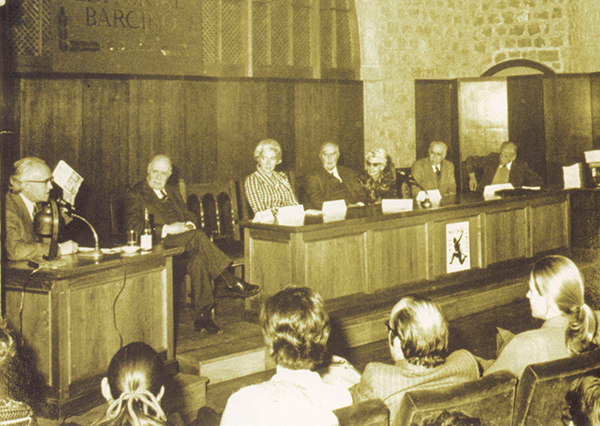
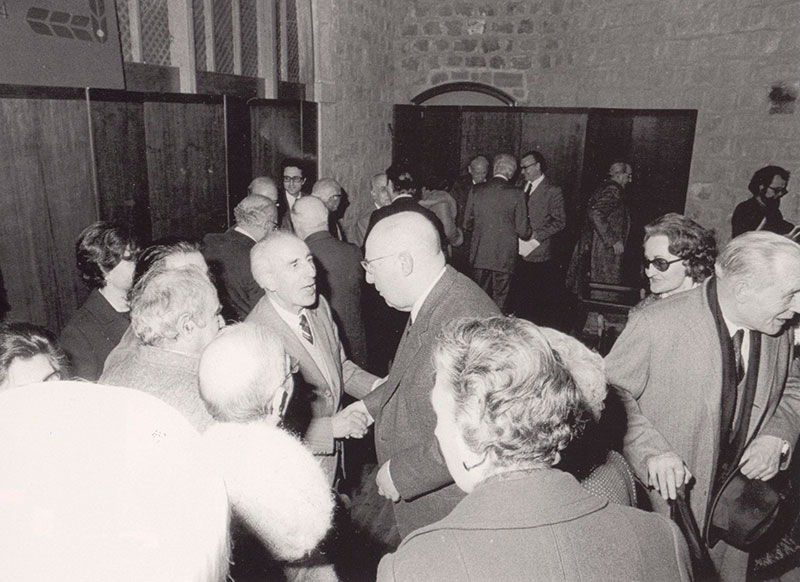
IV. THE BARCINO OF THE 2000
More than ninety years after its irruption into the Catalan cultural scene, and despite the changes that have inevitably taken place, Barcino continues its work to make Catalan culture and literature known, and to facilitate editions and studies made with the utmost scientific rigour to readers.
The empowerment of this aspect of its production, however, does not contradict the preparation of new proposals aimed at disseminating Catalan classics: with Biblioteca Barcino, for example, returns the initial purpose of ENC to make the classics available to non-specialist audiences, and the collection Tast de Clàssics offers authentic versions of texts in modern Catalan by renowned writers or specialists.
Besides, and how could it be otherwise, the publisher modernised and joined the new technologies to obtain the maximum benefit. Thus, much of the publisher's catalogue is now available in e-book format and present on all e-book platforms worldwide.
Further, also intending to give maximum dissemination to Catalan classics, Barcino has signed agreements with various publishing houses—well established in their respective territories—to publish translations of the main medieval works written in Catalan.
Thus, Barcino co-publishes Catalan classics in English with Tamesis Books, a subsidiary of Boydell & Brewer; in Spanish with DVD Ediciones and Pre-textos; in German with LITVerlag, and in Italian with Edizioni dell’Orso.
Alongside its dedication to old language and literature, Barcino has also participated in the Observatori de Valors, an initiative jointly promoted by the Lluís Carulla Foundation and the ESADE Chair in Leadership and Democratic Governance, for studies on the situation and the evolution of values in various areas of Catalan reality, and has taken over the publication of emerging studies and essays. In addition, it has also incorporated a collection of topics related to the rural world and the peasantry in its catalogue: this series is linked to the Espluga de Francolí Museu de la Vida Rural (from 2024, Museu Vida).
IV. PRESENT AND FUTURE OUTLOOK
Since February 2019, the philologist and publisher J. Oriol Magrinyà directs Barcino. One of his aims is to make the classics available and attractive to the new readers. For that reason, the Barcino has launched two new collections: Imprescindibles-Biblioteca de Clàssics Catalans and Mirades. Also, the first audiobooks have been published.
Imprescindibles will group the Catalan classics from the Middle Ages to the 20th century. Beside very well-known names and titles you will also find other literary works that for many reasons have been out of the canon and are difficult to find nowadays. This collection will include a wide range of literary genres as such as narrative, poetry and theatre, but also journalism and literary essay, with a Catalan Countries tone. The editions are very accurate: from the text (with rigorous editions from well-known specialists) to the format (hard cover, headband and fabric bookmark).
Mirades, launched in 2022, is the youngest collection of the publishing house. It wants to be a bridge reading between generations, in which present Catalan authors face with the Catalan or international tradition and, with their own vision, they dialogue with them, claim them, reinterpret them and rewrite them, addressing them to today's reader.
In 2024 the publishing house has celebrated the centenary of the publication of its first title, Lo somni, and for that reason the Fundació Carulla dedicated them the Nadala 2023, where you'll find a great panoramic of the history, present and future of the publisher.
Beside La Nadala 2023, if you want to know our history a little better, you can do so here (L’EDITORIAL BARCINO: UN PROJECTE EDITORIAL, UNA IDEA DE PAÍS) and here (Les edicions d’Els Nostres Clàssics i els criteris d’edició. Aportació a la història de la col·lecció). Or you can watch this conference organized by the Reial Acadèmia de les Bones Lletres de Barcelona, in which Lola Badia, J. Oriol Magrinyà and Joan Santanach talked about the past, present and future of the Barcino.
